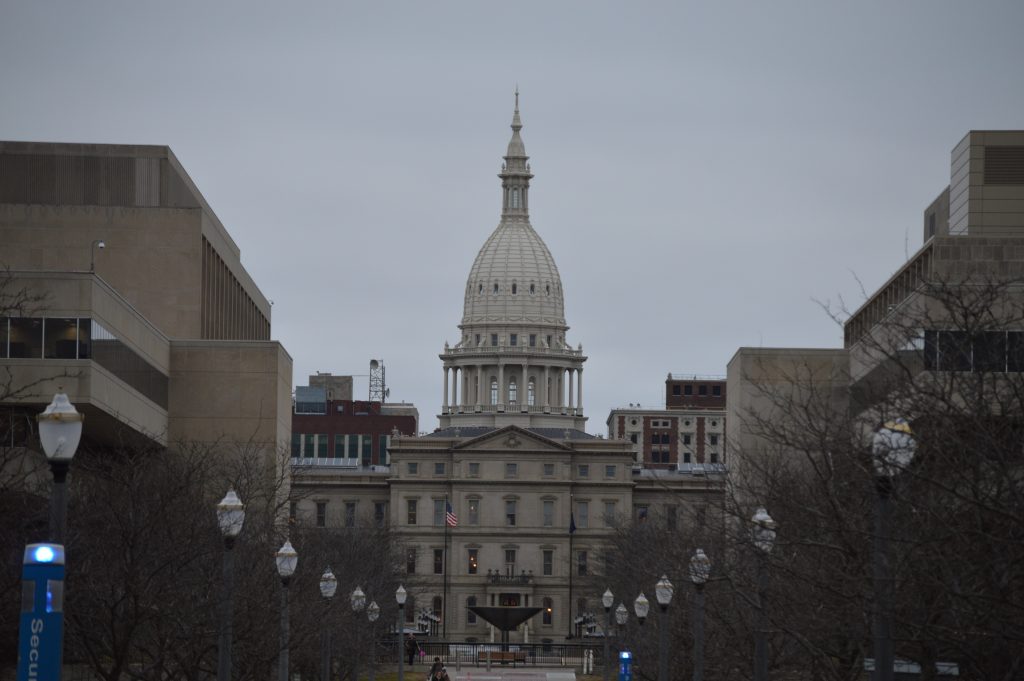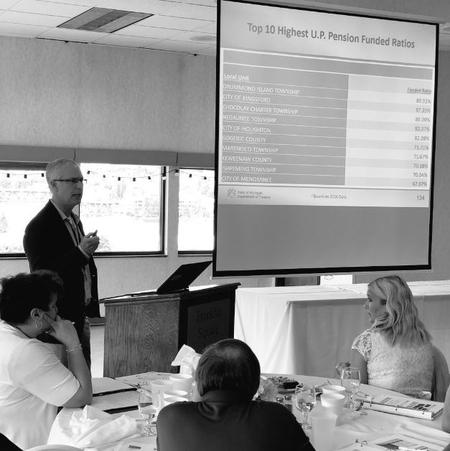Almost 250 Michigan Communities Face Underfunded Pension, Health Care Systems
“That potentially could have a negative impact on those local communities or the state of Michigan as a whole…”

Michigan State Capitol building in Lansing, MI in January, 2018.
More than a quarter of all Michigan communities had pension or health care systems that were under-funded in 2017, according to the Michigan Department of Treasury. The department says 247 communities had systems that were under-funded, totaling about $19 billion.
Local governments are considered under-funded by the state if they have pension systems that are funded less than 60 percent and if they have other post-employment benefits (OPEB) systems – which largely consist of retiree health care benefits — that are funded less than 40 percent.
Rod Taylor is division administrator for the Community Engagement and Finance Division of the Michigan Department of Treasury. He says it’s a problem that could have big implications for those communities and the state.
“That potentially could have a negative impact on those local communities or the state of Michigan as a whole in terms of our credit rating or the overall economic vitality of the state,” said Taylor.
“It’s important for those communities and it’s important for those employees in those communities. So, it’s trying to bring light to that larger issue.”
He says many local governments are making progress toward addressing those problems.
“The vast majority of them have understood the potential risk that’s out there and have started to make some significant positive changes to address their underfunded status.”
The state created more aggressive methods for monitoring the health of communities’ pension and health care systems last year. Taylor says that new law, Public Act 202 of 2017, has helped most local governments with under-funded systems make positive changes in the last year.
“The vast majority of them have understood the potential risk that’s out there and have started to make some significant positive changes to address their underfunded status,” said Taylor.
Taylor said 883 total communities have reported the status of their funds to Treasury for the 2017 year. 28 percent of those communities are in under-funded status.

